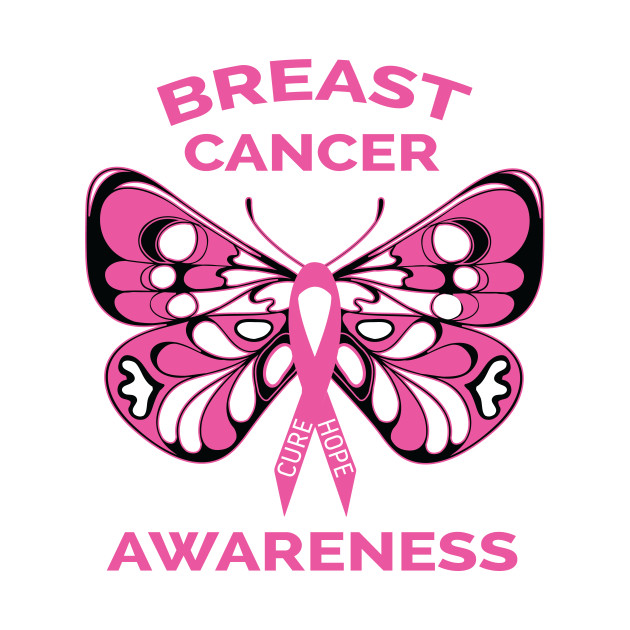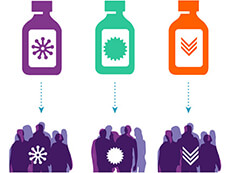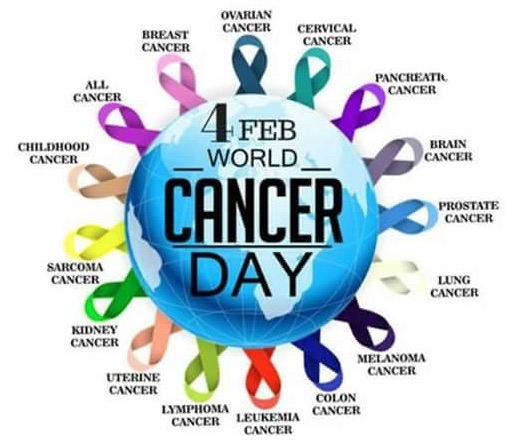|
MSM (MethylSulfonylMethane) is an abbreviation of methylsulfonylmethane, an organic form of sulfur. The chemical formula of MSM is CH3SO2CH3. It is the form in which sulfur is biologically active and appears in nature in all living organisms.
$39.95
Sulfur is called nature's "beauty mineral" because it keeps skin smooth and youthful and hair glossy. Sulfur is necessary for the production of collagen and keratin, proteins necessary for the health and maintenance of skin, nails and hair'
$14.95
|
|
Our Services >
How we treat our Cancer Patients
Cancer treatment involves a host of options like surgery, radiation, medications and other therapies. Cancer is a deadly disese in the sense unlike other diseases it has a tendency to quickly multiply and spread. Hence treating cancers should be seen as an emergency. Our slogan has been - "CANCER IS CURABLE". There is a catch to this slogan - "IF it is caught early". All treatment options in cancer are aggresive and involves co-lateral damage. Normal cells and cancer cells are all affected. The whole body is affected. Vital organs such as kidneys and liver are affected. While making a treatment plan for cancer, all these factors have to be taken into consideration. There is no magical formula for treating cancers. Although there are clinical guidelines in each country like the USA (NCCN guidelines) and UK or Eurpean Union, all these are what it is called "guidelines". As every case of cancer is unique, one has to use great caution and discretion in treating cancer. A timely plan is essential in treating cancer. A patient cannot be operated on and some portion of the cancer removed without properly timing radiation and chemotherapy. No single modality (such as surgery or chemotherapy) can handle cancer. Sometimes, combination therapy are best for the patient. BE CAREFUL OF BARKING UP THE WRONG TREE AND WASTING YOUR TIME AND RESOURCES.
Cancer shoulld always be planned and carried out by a multi-disciplinary team (MDT). We have a MDT team which reviews all cancer cases every morning and plans treatment protocls. Discussions revolve on best treatment options for each patient. A treatment planning looks at the past, present and the future. A plan must include the very important aspect of the 5-year survival rate which would include a follow-up plan. While on treatment, cancer patients develop numerous medical complications and hence it is crucial that during the course of the treatment, cancer patients should always be followed up regularly. Failure to do so will invite unpleasant surprises and affect the course and outcome of the treatment. Our main aim is always to quickly shrink a cancer or stop the progression of a cancer. The treatment options are not restricted to one or two types of treatment but may be a combincation of various options.How do we determine what type of treatment should be embarked on first? This largely depends on various factors:
What treatment comes first?: Depending on the clinical condition of the patient, as an example - Radiation may be attempted first. The objective is to determine what treatment plan will effectivly eliminate cancer from the body ASAP. Protruding bleeding cancers may require emergecy surgery or even radaition first. Radiation Therapy - click here The main aim of our treatment is to stop the cancer in its tracks and is therefore focused on reducing the size of the tumor or removing as much of the tumor as possible and contain its spread. Sometimes, chemotherapy is administered at the same time as radiation therapy. And sometimes radiation is administered immedaitely after surgery. The goal of cancer treatment is to achieve a cure for your cancer, allowing you to live a normal life span. This may or may not be possible, depending on your specific situation. If a cure isn't possible, your treatments may be used to shrink your cancer or slow the growth of your cancer to allow you to live symptom free for as long as possible. Various Cancer treatments options may be used such as:
Cancer treatment options include:
FIRST THINGS FIRST
CLASSIFICATION: All these parameters are eventually translated into what is called TNM classification: The abbreviation “TNM” stands for tumor (T), nodes (N), and metastases (M). “Nodes” indicates whether or not the tumor has spread into neighboring (regional) lymph nodes. These are lymph nodes that are located in the drainage area of the affected organ. The TNM Classification of Malignant Tumors (TNM) is a globally recognised standard for classifying the extent of spread of cancer. It is a classification system of the anatomical extent of tumor cancers. It has gained wide international acceptance for many solid tumor cancers, but is not applicable to leukaemia and tumors of the central nervous system. Most common tumors have their own TNM classification.
In the TNM (Tumor, Node, Metastasis) system, clinical stage and pathologic stage are denoted by a small "c" or "p" before the stage (e.g., cT3N1M0 or pT2N0). ... Clinical stage is based on all of the available information obtained before a surgery to remove the tumor. T: size or direct extent of the primary tumor Other parameters Prefix modifiers And finallly beware of folks who are expert in taking you for a ride: Eat this ... drink that .. wear this ... rub this ... and the list goes on and on and eventually the patient lands up at our doorstep with a huge tumor heavily infected and purulent which requires emergency attention.
Beware also of quackery in this industry. Many have phoned in to ask about a recent stem cell product supplement. Like in all medicine, there is the Good, Bad and Ugly. We consider this in the 'Bad' section because it is just a herbal product with anti-oxidant properties, solely marketed and sold for commercial purposes. One will be better off drinking lime juice three times a day than spending money on this costly product. |
|
|

OPEN 24 HOURS: ACCIDENT EMERGENCY, LAB SERVICES, IMAGING SERVICES & PHARMACY












